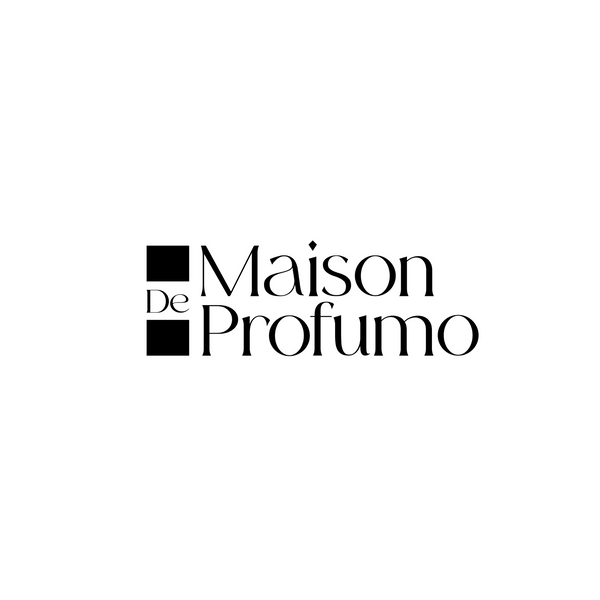Introduction:
Perfume has been used for centuries to enhance our sense of smell and evoke emotions. The art of perfume-making involves a complex process of extracting essential oils from natural ingredients, blending them in the right proportions, and aging the fragrance to achieve the perfect scent. In this article, we will explore six things to know about making perfume from flowers.
1. The Extraction Process
The first step in making perfume from flowers is to extract the essential oils. This can be done using a variety of methods, including steam distillation, solvent extraction, and enfleurage. Steam distillation is the most common method and involves heating the flowers with steam to release the essential oils, which are then collected and separated from the water.
2. Natural Ingredients:
Natural ingredients are the heart and soul of perfume-making. Flowers such as roses, jasmine, and lavender are commonly used, but other plants such as fruits, woods, and spices can also be used to create unique fragrances. Natural ingredients provide a richness and depth to fragrances that cannot be replicated with synthetic ingredients.
3. Blending and Formulation:
After the essential oils have been extracted, they are blended together to create a unique fragrance. The perfume maker carefully selects the essential oils and blends them in the right proportions to achieve the desired scent. The formula is adjusted over time as the fragrance ages and develops.
4. Aging the Fragrance:
Perfumes are aged for a period of time to allow the fragrance to mature and become more complex. This can take anywhere from a few weeks to several months, depending on the fragrance. The longer the fragrance is aged, the more refined and sophisticated it becomes.
5. Fixatives and Dilution:
Fixatives are added to the fragrance to help it last longer on the skin. Natural fixatives such as musk and ambergris are commonly used, but synthetic fixatives are also used in modern perfumery. The fragrance is then diluted with alcohol or water to achieve the desired strength.
6. Bottling and Packaging:
The final step in making perfume from flowers is bottling the fragrance in attractive and functional bottles. The packaging is an important aspect of perfume-making, as it must be both aesthetically pleasing and functional. The bottle must protect the fragrance from light and air, and the design should reflect the personality of the fragrance.
Conclusion:
Making perfume from flowers is a complex and artistic process that involves a deep understanding of natural ingredients and their properties. From the extraction of essential oils to the blending and aging of fragrances, the art of perfume-making requires skill, creativity, and patience. By understanding the process of making perfume from flowers, we can better appreciate the beauty and complexity of these wonderful fragrances.
